aking your own Kombucha.
I always recommend my clients to drink more water and crowding out the drinks most of us consume (coffee, soft drinks, juices etc.). While personally I like to drink water and I drink a lot of it, especially because I live in Florida and ride my bike almost every day – hydration, hydration and hydration. . .
Another healthy choice is to drink fermented drinks and an easy one to make is Kombucha.
This drink starts out as a sugary tea, which is then fermented with the help of a scoby. “SCOBY” is actually an acronym for “symbiotic culture of bacteria and yeast.” It is very close cousins to the mother used to make vinegar.
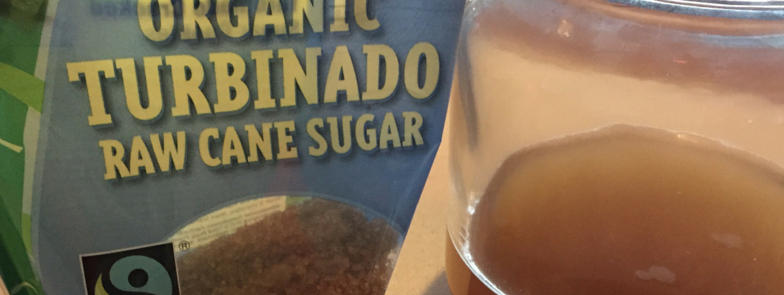
Below I will be breaking down the kombucha-making process into very small steps. It looks long and complicated, but this is actually a very straightforward and streamlined process. Once you get into the rhythm of it, bottling a finished batch of kombucha and preparing the next only takes about 30 minutes every seven to ten days.
Kombucha
Ingredients
- 6 cups water
- 1 cup cane sugar Woodstock organic pure cane sugar
- 1 black tea
- 1 scoby
Instructions
- Make the tea base: Bring the water to a boil. Remove from heat and drop in the tea and allow it to steep for about 15 minutes.
- Stir in the sugar to dissolve.
- Cool the tea, depending on the size of your pot, this will take a few hours. You can speed up the cooling process by placing the pot in an ice bath.
- Add the starter tea: Once the tea is cool, stir in the starter tea. (The starter tea makes the liquid acidic, which prevents unfriendly bacteria from taking up residence in the first few days of fermentation.)
- Transfer to jars and add the scoby: Pour the mixture into a 1-quart jar and gently slide the scoby into the jar with clean hands. Cover the mouth of the jar with a few layers of cheesecloth or paper towels secured with a rubber band.
- Ferment for 7 to 10 days: Keep the jar at room temperature, out of direct sunlight, and where it won't get jostled. Ferment for 7 to 10 days, checking the kombucha and the scoby periodically. The ideal temperature range is 75 - 85F.
- Begin tasting around 7 days. To taste, take a straw and slide it beneath the new culture that has formed on top. Take a sip or pull out a sample. When it reaches a balance of sweetness and tartness that is pleasant to you, the kombucha is ready to bottle.
- Remove the scoby: Before proceeding, prepare and cool another pot of strong tea for your next batch of kombucha, as outlined above. With clean hands, gently lift the scoby out of the kombucha and set it on a clean plate. As you do, check it over and remove the bottom layer if the scoby is getting very thick.
- Bottle and refrigerate the finished kombucha
Notes
Nutrition
After you have bottled your new Kombucha, the next steps is to measure out your starter tea from this batch (about 1 cup) and set it aside for the next batch.
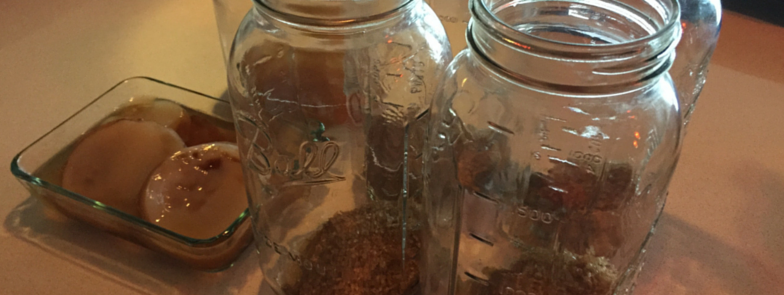
Pour the fermented kombucha (straining, if desired) into bottles using the small funnel, along with any juice, herbs, or fruit you may want to use as flavoring. Leave about a half inch of head room in each bottle. (Alternatively, infuse with flavorings for a day or two in another jar covered with cheesecloth, strain, and then bottle. This makes a cleaner kombucha without “stuff” in it).
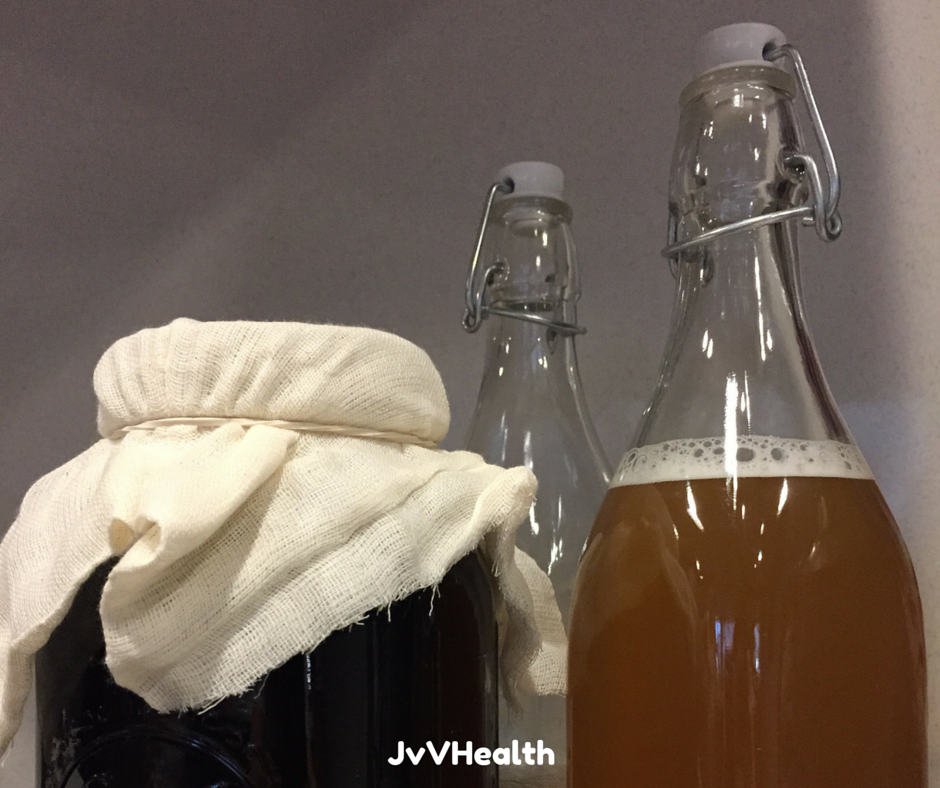
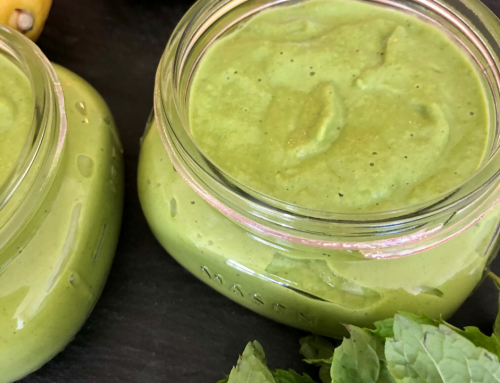
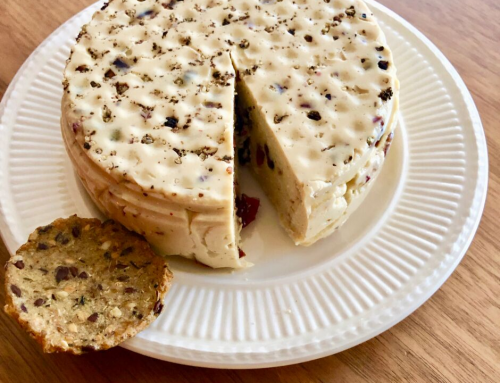
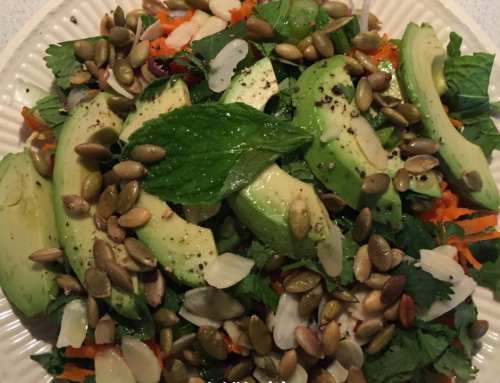
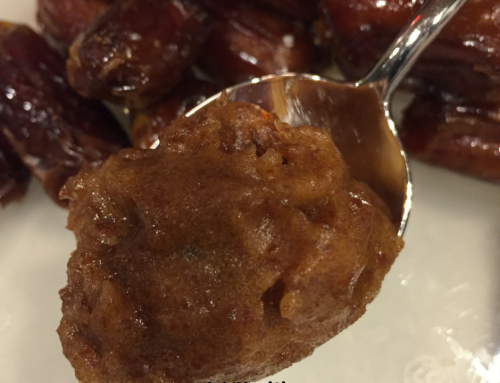

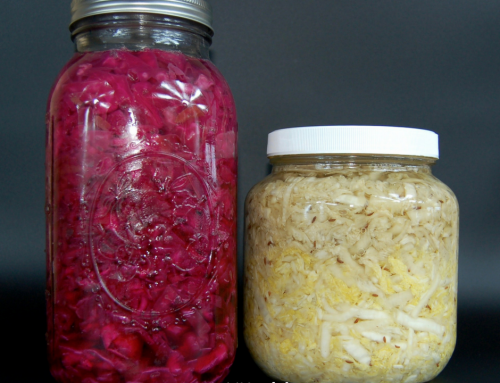
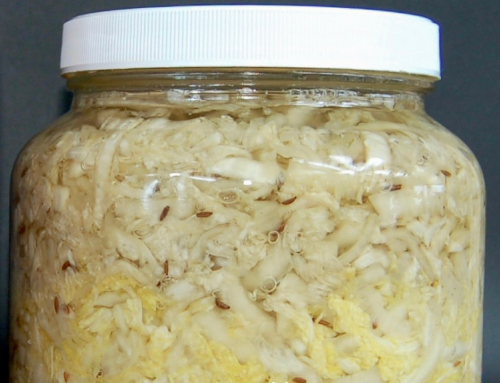
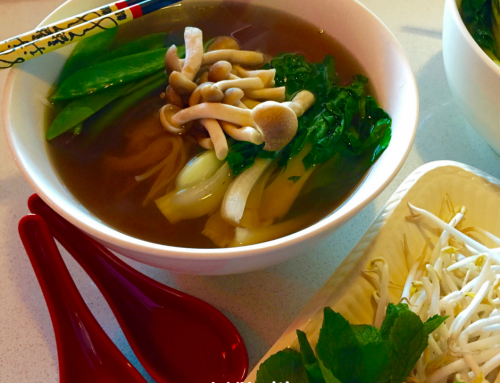
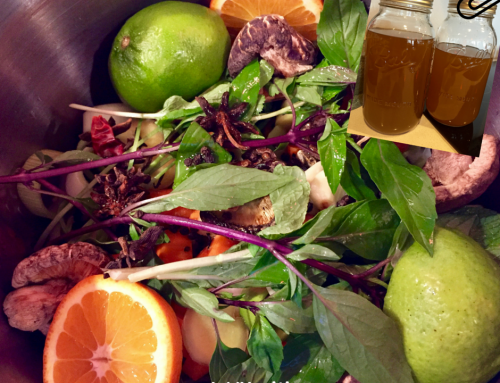
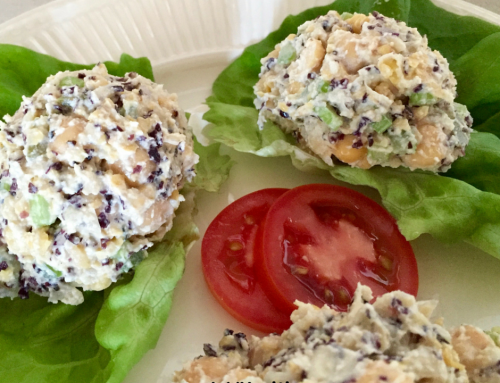
Leave A Comment